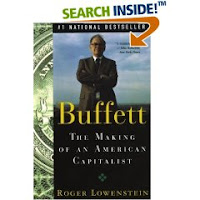
For a while now, I am getting gut feeling that I am better suitable for Investment industry then my current profession. To give justification to this thought I searched for more specifics on "investment banking". While hoping around on more information, I arrived at carrier-in-finance and a good 100+ page report(2005) from WetFeet. (ISBN:1582074321)
Following Figure shows bigger picture of the Investment Banking (IB) org. chart.
This seems to be one of the most sort after branch of IB. This group is the liaison between Wall Street and its players--money makers and money takers. If the client, generally big corporation or IPO, needs money it will approach corporate finance dept. of a IB. This group will analyze and suggest Debt and/or Equity vehicles to the client. Later CF will also value the fair and salable price of the debt/equity offering. At this juncture 'Sales' devision comes into picture to market and sell debt/equity to institutional investor, mutual fund manager, big investors etc.
Another famous and very demanding area of corporate finance would be M&A group which will propose, negotiate and lock the merger or acquisition among two suitable firms. It is obvious that when M&A talks are in the air, working hours could be crazy and very demanding.
CF group would also offer to analyze corporate client's financial needs and propose better financial strategies.
Sales
As mentioned earlier, Sales group will offer suitable securities (stocks, bonds, derivatives etc) to its clients and making market for its underwriting clients. They ought to maintain healthy relationship with buyers. Sales group in IB, just like any other industry, interact closely with its trade and research devision to discover suitable offering to its clients.
Trading
This is another demanding (after M&A) job in IB. Trading group needs to understand the nerve of the market, and have solid knowledge of specific company, industry and economy. This group will make buy and sell calls of securities and make profit for the firm. They are the market maker. They manage their firm's investment risk.
Research
This is the area of IB which appealed me the most as I could offer few of the key ingredient of a successful equity researcher:-
- Solid understanding of the specific industry segment
- Understanding of the macro Economy
- Detail oriented approach and strong analytical skills
- Communication skills
- Quantitative analysis
Lately there is great emphasis on segregating (a.k.a. Chinese wall) research and sales devision to offer non-biased investment suggestion to clients. I appreciate its ethical importance.
Some of the significant players in IB are (ordered alphabetically) :-






